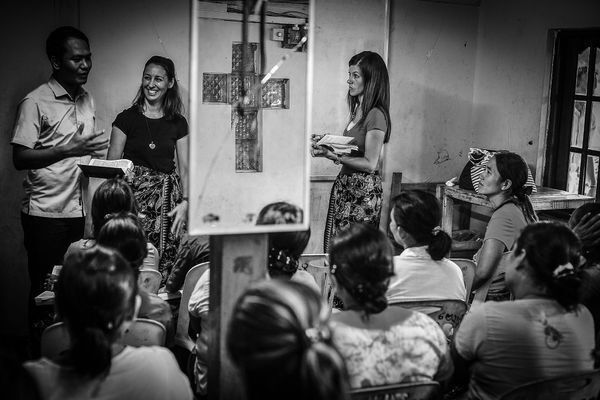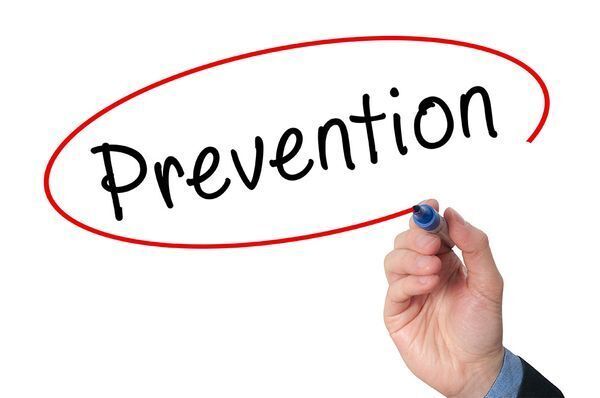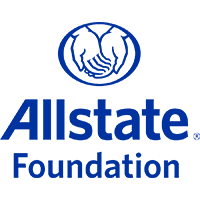What is “community engagement?” In order to define what that is, it is a good idea to define what we mean when we talk about “community.” In the literature, “community” can refer to a neighborhood, town, municipality or even a county. It may just as often refer to “the community…” of a school, campus or workplace. “Community” may also be used to describe a group that is brought together by affinity or shared identity, e.g. “the domestic violence advocacy community.”
In whatever context, the NYSCADV Prevention Model promotes community-driven approaches that lead from awareness to action and values practices that are inclusive of the group that is being engaged, or exposed, to prevention messaging and activities. For instance, in a setting that is addressing the prevention of teen dating violence, experience and emerging evidence indicates that collaborating with youth, cultivating their skills and capacity and engaging them as partners and peers in the programming is a critical factor to the success of the program. This premise is the very embodiment of what we mean by community engagement.
Consider this description from the CDC: Community engagement “is a powerful vehicle for bringing about environmental and behavioral changes that will improve the health of the community and its members. It often involves partnerships and coalitions that help mobilize resources and influence systems, change relationships among partners, and serve as catalysts for changing policies, programs, and practices" (Principles of Community Engagement, CDC, 1997, p. 9).
Resources and tools included in this category are examples of approaches that may be used to engage, organize and mobilize a community.






